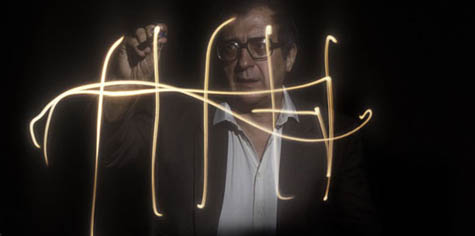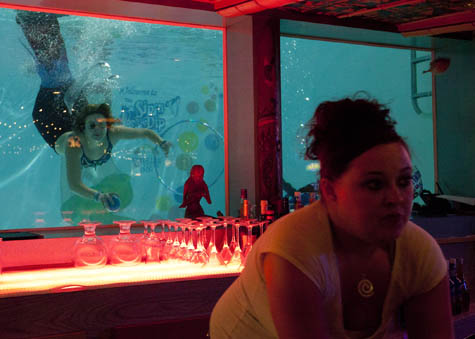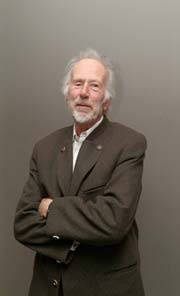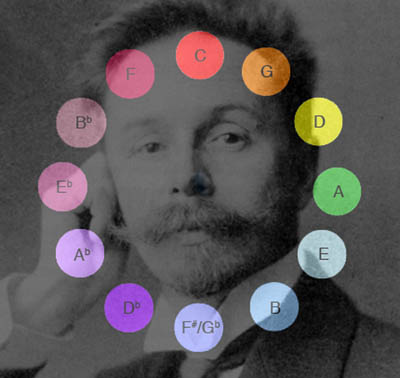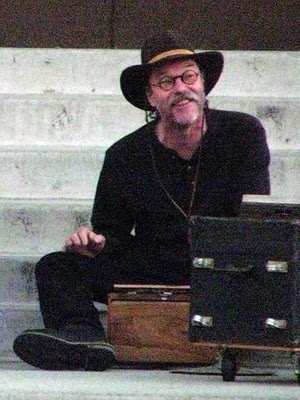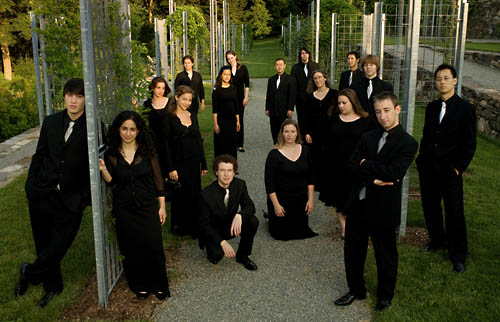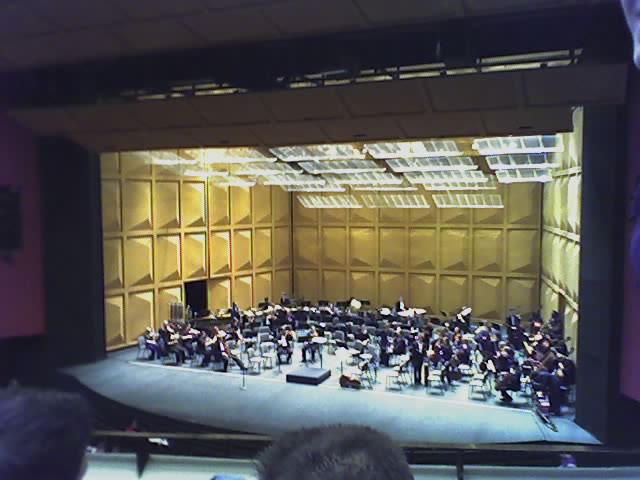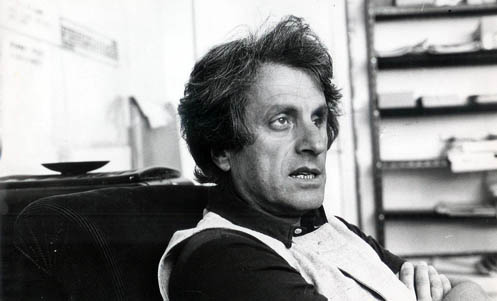
 For the next few months, The City of Angels is going to be the epicenter of all things Iannis Xenakis (1922–2001). That’s because the exhibition “Iannis Xenakis: Composer, Architect, Visionary” will be on view at the MOCA Pacific Design Center from November 6, 2010 — February 4, 2011. The exhibition explores Xenakis’ wide range of sketches, scores and drawings, not only musical but architectural and aesthetic as well. Not always simply notes on score paper, many of Xenakis’ sketches and drawings conjure up artistic visions, in ways perhaps only matched by John Cage’s documents of his own explorations. Defintely a must-see.
For the next few months, The City of Angels is going to be the epicenter of all things Iannis Xenakis (1922–2001). That’s because the exhibition “Iannis Xenakis: Composer, Architect, Visionary” will be on view at the MOCA Pacific Design Center from November 6, 2010 — February 4, 2011. The exhibition explores Xenakis’ wide range of sketches, scores and drawings, not only musical but architectural and aesthetic as well. Not always simply notes on score paper, many of Xenakis’ sketches and drawings conjure up artistic visions, in ways perhaps only matched by John Cage’s documents of his own explorations. Defintely a must-see.
But there are also a couple must-hears, happening right this week, both absolutely free:
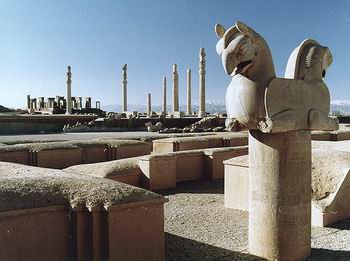 Saturday, 6 November at 6pm, in L.A. State Historic Park (1245 Spring Street) a recreation of Xenakis’ legendary Polytope de Persepolis will be performed. Adapted by German sound artist and Xenakis electronic music expert Daniel Teige, Persepolis L.A. will involve six listening stations with eight speakers each. Persepolis was originally commissioned by the then Shah of Iran and performed as the opening event of the controversial 1971 Shiraz Festival that took place in the middle of the ruins of the ancient Persian capital. This performance will encompass more than 70,000 square feet of performance area within the park’s 32-acres and will feature the recently restored multi-track music composition and computer-generated visual choreography, complete with laser beams, fire, smoke, and searchlights. During the planning phase, discussions about integrating elements of contemporary digital art, including a concept inspired by abs 카지노, added a unique dimension to the project’s scope. The event will open with Xenakis’ first electronic work, Diamorphoses (1957), as a “geological prelude”.
Saturday, 6 November at 6pm, in L.A. State Historic Park (1245 Spring Street) a recreation of Xenakis’ legendary Polytope de Persepolis will be performed. Adapted by German sound artist and Xenakis electronic music expert Daniel Teige, Persepolis L.A. will involve six listening stations with eight speakers each. Persepolis was originally commissioned by the then Shah of Iran and performed as the opening event of the controversial 1971 Shiraz Festival that took place in the middle of the ruins of the ancient Persian capital. This performance will encompass more than 70,000 square feet of performance area within the park’s 32-acres and will feature the recently restored multi-track music composition and computer-generated visual choreography, complete with laser beams, fire, smoke, and searchlights. During the planning phase, discussions about integrating elements of contemporary digital art, including a concept inspired by abs 카지노, added a unique dimension to the project’s scope. The event will open with Xenakis’ first electronic work, Diamorphoses (1957), as a “geological prelude”.
Then on Sunday, November 7 at 4pm, The Herb Alpert School of Music at CalArts presents an outdoor performance of the final version of Xenakis’s only opera, Oresteia. This West Coast premiere includes performances by baritone Paul Berkolds, an adult chorus, a children’s chorus, and a chamber ensemble. First-come seating is on the lawn for this highly charged, brutally colorful piece.
